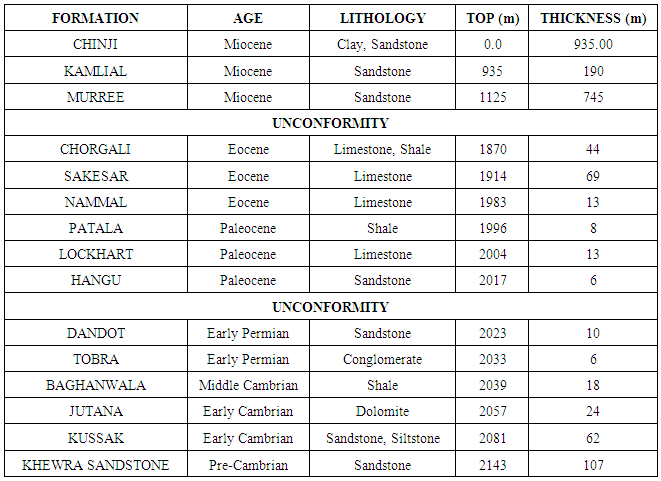Tang Soo Do - The Way Of The Tang Hand
Have you ever stopped to think about martial arts as something more than just a set of physical actions? Well, Tang Soo Do, for instance, is a classical martial art that truly holds a deep interest in both how things work, from a scientific viewpoint, and the underlying ideas of martial practice. It’s also very much about the way forms are put together, the shape they take, and the pleasing appearance of the movements themselves. This particular system, you know, is a bit of a mixed bag, drawing its spirit and methods from various traditions and places.
This style, you see, is a blend, influenced by a few different traditions that have existed for a long time. Outside of its original home, which is the Far East, the phrase "Tang Soo Do" has, as a matter of fact, really come to be understood as the Korean martial art that a person named Hwang Kee worked to make well known. Most of the places that teach Tang Soo Do, you know, tend to write its name in a specific, common way, a transcription that many recognize.
Tang Soo Do, you might be interested to know, gathers its creative ideas from a wide variety of ways of doing things in martial arts. Each one of these different approaches, you know, adds its own special moves and techniques to the style as a whole. At its very heart, Tang Soo Do really takes on the striking actions, those quick, forceful impacts made with hands or feet. It's a way of moving that has a story, a history, and a distinct way of being taught, which is quite interesting.
Table of Contents
- What is Tang Soo Do Anyway?
- Where Does Tang Soo Do Come From?
- The Tang Soo Do Curriculum - What Do You Learn?
- Is Tang Soo Do Just About Physical Moves?
- Why the Name "Tang Soo Do"?
- The Flow of Tang Soo Do
- The Tang Soo Do Mi Guk Kwan System
- The Distinctive Approach of Tang Soo Do
What is Tang Soo Do Anyway?
So, when people talk about Tang Soo Do, they are really referring to a classical martial art, one that has been around for a good while. It’s a practice that truly considers both how things work in a scientific fashion and how those principles apply in a martial setting. This means it's not just about doing moves, but about understanding the logic behind them. It also pays attention to how forms are put together, the sequence of movements, and the pleasing look of those movements as they unfold. The Tang Soo Do Mi Guk Kwan system, you know, is one part of this bigger picture, deeply concerned with these very ideas of theory and appearance.
This particular martial art, you might say, is a mixed style, a combination of various influences. It gets its ideas and ways of moving from different sources, blending them together. It’s influenced by, for example, Chinese ways of doing things, which have a long and rich history. Outside of places like Korea and other parts of the Far East, the phrase "Tang Soo Do" has, in fact, become pretty much the same as the Korean martial art that a fellow named Hwang Kee helped to make quite popular around the globe. Most places that teach Tang Soo Do, as a matter of fact, write its name in a specific way, a common transcription that helps people recognize it easily.
Tang Soo Do, you see, gathers its creative ideas from a good many martial arts ways of doing things, a wide array of disciplines. Each one of these different ways adds its own special

KATA – M&A Integrated Sports Health

1: Road Infrastructure in Pakistan (NHA) | Download Table

Development of a Computer Program for Zoeppritz Energy Partition